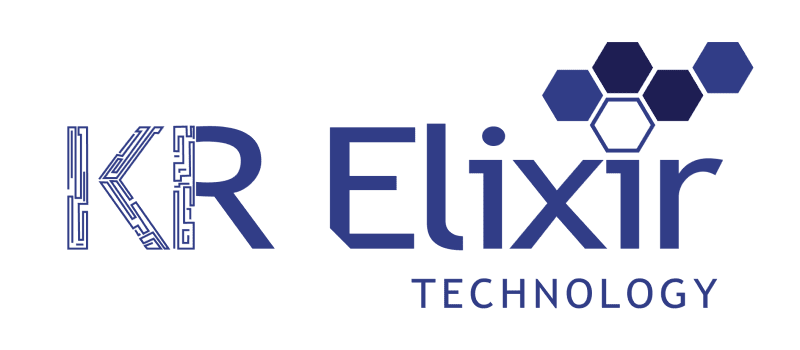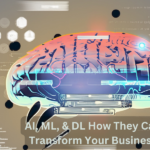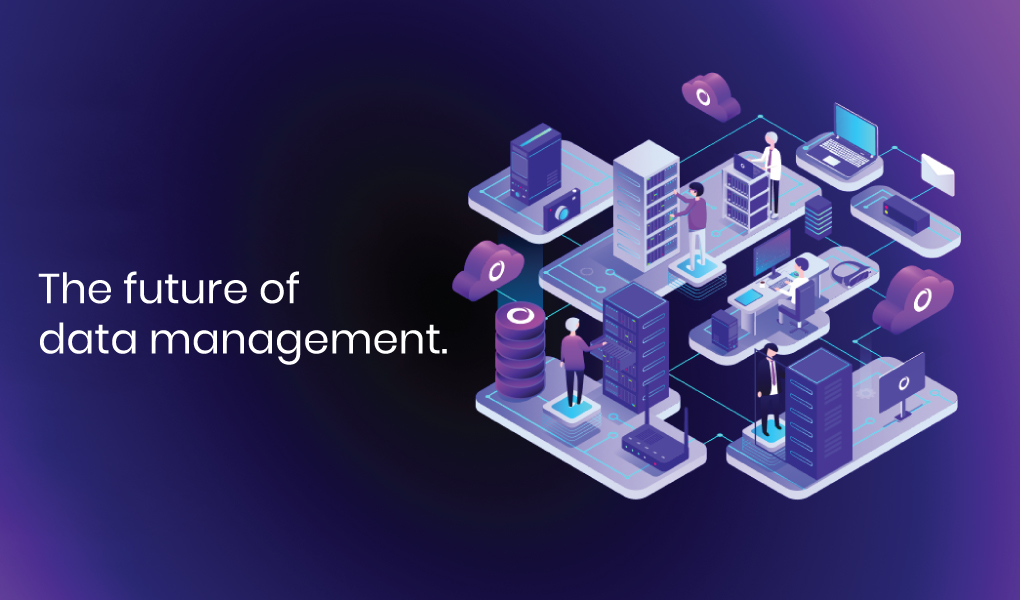The Future of data management
A combination of architecture and technology is planned to streamline the complications of
regulating different kinds of data. The complication of modern data management expand
quickly as the latest technologies, new kinds of data, and new platforms are popularized. As
data is increasingly dispersed across in-house and cloud formation, the work of moving,
storing, protecting and accessing data becomes fragmented with various practices based on
data locations and technologies. Data fabric can be of use to reduce disruption by building a
highly adaptable atmosphere that can quickly be adjusted as technology expands.
What Are Smart Data Fabrics?
An organization’s data fabric is the latest architectural approach that speeds and streamlines
access to data assets over the entire business. It accesses, transforms, and harmonizes data
from various sources, to make it usable and actionable for a broad range of business applications.
Smart data fabrics take this mode one step forward by installing a wide range of analytics
capabilities, which cover data exploration, business intelligence, natural language
processing, and machine learning straight within the fabric, making it quicker and easier for
companies to achieve new insights and power intelligent predictive and prescriptive services
and applications.
By letting actual available legacy applications and data be in place, smart data fabrics let
companies increase the value from their earlier technology investments, inclusive of existing
data lakes and data warehouses, by not having to replace and rework any of the existing
technology.
Putting Smart Data Fabrics to Use
Smart data fabrics are mostly being used in manufacturing departments these days across
many industries to power a broad range of enterprise-level, mission-critical initiatives,
including:
- Scenario planning and decision support
- Enterprise hazard and liquidity management
- Regulatory compliance
- Business management reporting
- Wealth management
- Real-time clarity and alerting
Unlocking the Future of Data with Smart Data Fabrics
Nowadays, businesses are demanding more from the increased capacity and complexity of
data that are available to gain increased efficiency, manage risk, and deliver the latest high-
value resources to their customers.
But for many companies, the data and application cache makes it challenging to achieve total
value from the data assets that are sealed in the company.
All these companies are striving to bring a consistent, accurate, real-time view of their
business data assets to make good decisions to boost their customers’ experiences. And to
move the businesses forward.
This is where smart data fabrics are useful.
CONCLUSION:
Hope this blog helped you bring out your thinking caps to let your imagination take over the
emerging architectural approach that is revolutionizing data and analytic drives. Also, how
data fabrics manage data intelligently across a scattered landscape, surfacing it for data
consumers.





